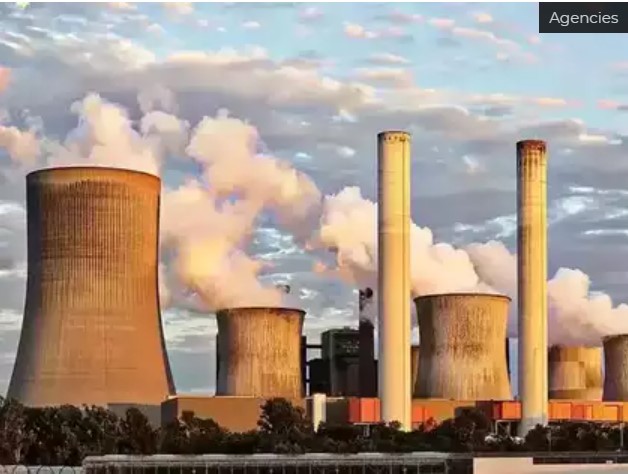To meet the climate challenge, coal will be slowly phased out. This will have dramatic results. Indian Railways will lose huge revenues from coal transport. The closure of coal mines will cost millions of jobs, mostly in the eastern region. RE will employ far fewer people in the western region.
India is undergoing a revolutionary change in the geography of its energy sources. Historically, eastern India was the main source of coal, the primary driver of electric power. But, now, western India is coming up as an enormous new source of solar and wind energy.
To meet the climate challenge, coal will be slowly phased out. This will have dramatic results. Indian Railways will lose huge revenues from coal transport. The closure of coal mines will cost millions of jobs, mostly in the eastern region. RE will employ far fewer people in the western region.
The coalfields of West Bengal and Bihar dominated India’s energy needs in the early decades of Independence. They fuelled most of the power for heavy industries, helping make the Bihar-Bengal region the biggest hub of Indian industry in the 1950s. Hydel projects such as Bhakra Nangal in Punjab, the dams of the Damodar Valley Corporation (DVC) in West Bengal and Hirakud in Odisha were among Jawaharlal Nehru’s ‘temples of modern India‘.
The quality of Indian thermal coal is terrible. The ash content is on average around 35%, but can go up to 55%. Such coal could more accurately be called rock with a 45% coal content. Transporting Indian coal means transporting enormous quantities of useless rock. This is especially wasteful for distant places like Punjab. Far more sensible is transmission from pithead power stations by high-voltage transmission lines. This entails some transmission losses. But these are far cheaper than the waste in carrying coal.
But every state government long wanted its own thermal power stations. One reason was to get kickbacks from contracts. The other was lack of trust in long-distance lines. Power using the first high-voltage direct current (HVDC) line from the Singrauli mega power stations was to be shared by Uttar Pradesh, Delhi, Haryana and Punjab. But the line first went through UP, which sometimes swallowed virtually all the power and left little for other partners. However, over time, electricity shortages have eased, and long-distance transmission has become a standard way to transmit energy, replacing coal transport.
Prime Minister Narendra Modi wants all future coal-based power generation to be at pitheads by ultra-mega power stations using supercritical technology that greatly improves energy efficiency. This will create a power surplus in the eastern region that can be transmitted to distant states. The old regime of transporting coal to distant stations will fade. Meanwhile, old, obsolete thermal power stations will be scrapped and replaced with ultra-mega stations with supercritical technology, improving energy efficiency.
The future lies in solar and wind energy. The greatest solar energy is found in places with little cloud cover. These are Rajasthan, Kutch and Ladakh. Giant solar farms are coming up in all these regions. The cost of generation is typically under ₹3 per unit, even after the imposition of 40% duty on imported panels to spur domestic production. New coal-based plants will cost at least ₹5 per unit. But solar energy is available only when the sun shines. To reduce intermittence, it makes sense to simultaneously generate wind energy, which is also substantial in the western region, though somewhat more expensive in the same locales.
The ideal solution would be cheap storage of RE that could be released when needed. Battery storage is currently too expensive. But costs keep falling every year with technological improvements.
The high generation of RE in western India will convert it from a deficit to a surplus area. Massive new transmission lines will have to be created to transmit this to consumers. But the very lines initially used to transmit coal-based electricity from the eastern thermal stations to the western region can now be used to transmit RE from western to eastern states. Coal is going to remain relevant for at least a few decades. So, the transition will be slow but steady.
South India, too, has relatively good solar radiation, especially in the rain-shadow of the Western Ghats. Telangana, northern Karnataka and western Tamil Nadu can generate low-cost solar power. Good wind energy potential lies in the Western Ghats and southern Tamil Nadu. This can partially make up for the southern region’s current energy deficit.
High electricity rates for industries have long been a disadvantage for Indian exporters. Generation has been inefficient (thanks partly to expensive coal transportation), and cheap power to farmers has been subsidised by high industrial power rates. RE should greatly reduce the overall cost of power once the problem of cheap storage is overcome. This should help make Indian exports competitive.
This article was originally published by The Economic Times on November 7, 2023.


